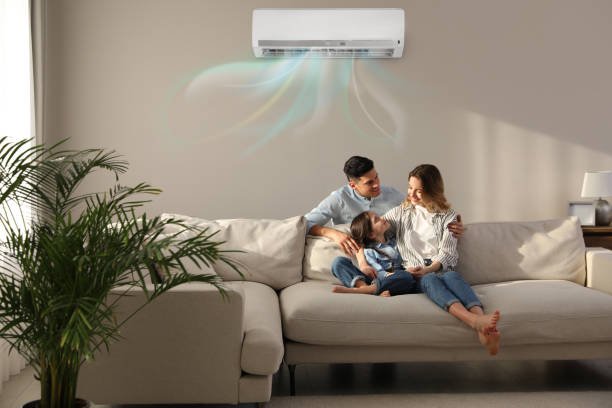Gas Line Services: Safety and Installation Tips from a Plumber
RH Business Marketing Solutions
Gas lines play a crucial role in residential and commercial properties, providing fuel for appliances such as stoves, water heaters, and furnaces. Proper installation, maintenance, and safety precautions are essential when dealing with gas lines to prevent leaks, fires, and other hazards. In this article, we will explore gas line services, including safety tips and installation guidelines from professional plumbing experts, to ensure the safety and functionality of gas systems in homes and businesses.
1. Understanding Gas Line Services
Gas line services encompass a range of tasks related to the installation, repair, maintenance, and inspection of gas piping systems. These services are crucial for ensuring the safe and efficient operation of gas-fueled appliances and equipment.
2. Importance of Safety in Gas Line Services
Safety is paramount when working with gas lines due to the potential risks associated with gas leaks, explosions, and carbon monoxide poisoning. Professionals prioritize safety measures, training, and certifications to handle gas line services effectively and safely.
3. Gas Line Installation Tips
When installing gas lines, they adhere to strict guidelines and best practices to ensure safety and compliance with local codes and regulations. Some installation tips include:
- Proper Sizing: Gas lines must be sized appropriately based on the type of gas, flow rate, and distance to appliances to prevent pressure drops and ensure adequate fuel supply.
- Quality Materials: High-quality, durable materials such as steel or flexible copper tubing are used for gas line installations to withstand pressure, corrosion, and environmental factors.
- Ventilation Requirements: Adequate ventilation is essential to prevent gas buildup and ensure proper combustion when gas-fueled appliances are in use.
- Leak Testing: Thorough leak testing is conducted after installation to detect any leaks and ensure the integrity of the gas piping system.
- Pressure Regulation: Pressure regulators are installed as needed to maintain consistent gas pressure and protect appliances from damage.
4. Gas Line Repair and Maintenance
Regular maintenance and prompt repairs are critical for gas line safety and performance. Experts recommend the following for gas line repair and maintenance:
- Regular Inspections: Periodic inspections of gas lines, fittings, and connections help identify potential issues such as corrosion, leaks, or damage.
- Leak Detection: Proficients use specialized equipment, such as gas detectors and leak detection solutions, to detect gas leaks quickly and accurately.
- Prompt Repairs: To prevent safety hazards, a qualified plumber in Springfield, OH, should address any signs of gas leaks, odors, or unusual noises immediately.
- Corrosion Prevention: Protective coatings or materials are applied to gas lines to prevent corrosion and prolong the lifespan of the piping system.
5. Safety Precautions for Gas Line Services
Experienced plumbing technicians follow strict safety protocols and precautions during gas line services to protect themselves, property occupants, and the environment. Safety measures include:
- Gas Leak Detection: They use gas detectors, soapy water tests, or electronic sniffers to detect gas leaks and ensure the integrity of the gas piping system.
- Proper Ventilation: Adequate ventilation is maintained during gas line services to prevent gas buildup and ensure a safe working environment.
- Emergency Procedures: Specialists are trained in emergency procedures, evacuation protocols, and gas shutoff techniques in case of gas leaks or emergencies.
6. Hiring Professional Gas Line Services
Homeowners and businesses should always hire licensed, experienced, and reputable technicians for gas line services to ensure safety, quality workmanship, and compliance with regulations. Experienced technicians have the expertise, training, and equipment to handle gas line installations, repairs, and maintenance safely and effectively.
Gas line services are essential for the safe and efficient operation of gas-fueled appliances and equipment in residential and commercial properties. Professional plumbing personnel play a crucial role in ensuring the safety, compliance, and functionality of gas piping systems through proper installation, repair, maintenance, and safety precautions. By following safety guidelines, adhering to codes and regulations, and hiring qualified professionals for gas line services, property owners can protect against gas-related hazards and maintain a secure and reliable gas infrastructure.
Are you looking for an ideal partner for sewer line repair in Springfield, OH? Call the professionals at Dooley Service Pro at (937) 323-1703 for reliable gas line installation, repair, and maintenance!










